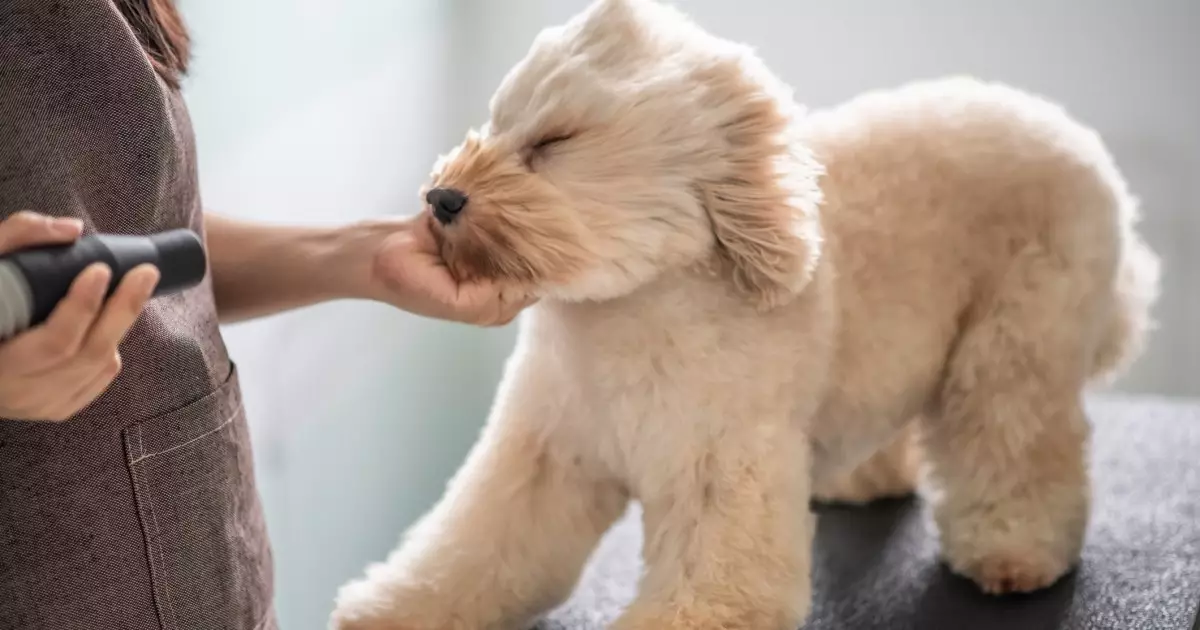When it comes to dog grooming, many pet owners face the dual challenge of maintaining their furry friend’s appearance while navigating the risks of improper techniques. While opting for DIY grooming may seem like an economical choice, failing to recognize the nuances of the task can lead to a host of problems—not just for your dog, but for yourself as well. This article delves into some critical mistakes to avoid, thereby ensuring a smoother and more pleasant grooming experience for both you and your pup.
Training your dog for grooming is not merely a nicety; it’s an essential first step that can determine the overall success of your grooming sessions. Familiarizing your pup with being touched in sensitive areas like the face, paws, and tail establishes a level of comfort that is crucial during the grooming process. Start training young; if you have an older dog, don’t fret, as it’s still possible to acclimatize them to grooming utensils and techniques.
Creating a serene environment is integral. Praise and treats can help associate grooming with positive experiences. The objective is to foster a relaxed state in your dog to mitigate anxiety during what may be otherwise perceived as a stressful experience. This foundational effort not only protects you from potential bites or scratches but also contributes positively to your dog’s emotional wellbeing.
One of the common pitfalls that many owners encounter is neglecting the brushing step prior to bathing. For dogs with longer fur, water can exacerbate matting, causing discomfort during drying and subsequent brushing. A quick brushing session before the bath can help detach dead hairs and prevent them from tangling during the washing process.
Moreover, brushing after bathing is equally crucial, as the moisture can release more trapped hair that could become tangled. Thus, integrating brushing into both pre and post-bath routines is essential to maintain your dog’s coat health.
Many pet owners mistakenly believe that grooming is limited to a few major sessions throughout the year. However, neglecting smaller grooming tasks in between can lead to chaotic situations down the line. To avoid matting or excessive hair growth, regular maintenance is vital—especially when the seasons change.
Seasonal grooming should not translate into neglect. For instance, during colder months, you might hesitate to trim your dog’s coat fearing they’ll be cold, but this often backfires. Regular trims help prevent tangles and mats while allowing your dog’s natural fur to serve its purpose in insulation.
Many grooming novices focus solely on areas that are easily accessible, neglecting critical spots like the belly, armpits, and behind the ears. These areas can be magnetically attractive for pests or mats and should not be ignored during grooming sessions. Proper grooming in these sensitive regions not only enhances your dog’s appearance but can also prevent future health issues.
Ensure you check for tangles or irritations while grooming these areas. If these spots become problematic, consult a professional groomer or a veterinarian for advice on how best to manage them.
Trimming your dog’s nails can be intimidating, yet it’s one of the most important aspects of grooming. Many owners overlook this necessity, often resulting in overgrown or brittle nails, which can lead to pain or injury for your pet. It’s vital to familiarize your dog with having their paws handled to ease future nail-trimming sessions.
Always use sharp, high-quality clippers; dull ones can lead to injury and discomfort. Knowing where to cut is essential too. Visual cues can help, especially for dogs with light-colored nails where you can see the quick; however, caution is necessary for darker nails, as miscutting can cause bleeding and pain.
After a grooming session, many dogs instinctively seek out the nearest patch of dirt to roll in; this can be particularly frustrating if you’ve put in the effort to groom them meticulously. To counter this behavior, keep your dog indoors for a while post-grooming. Allow them to release their pent-up energy inside before venturing outdoors.
By integrating these practices into your grooming routine, you not only represent your pet well but also foster an enjoyable atmosphere for both you and your dog. With consistent effort, patience, and attention to detail, grooming can become a rewarding experience rather than a chore. In the long run, the benefits of regular grooming will contribute to your dog’s overall health and happiness.

